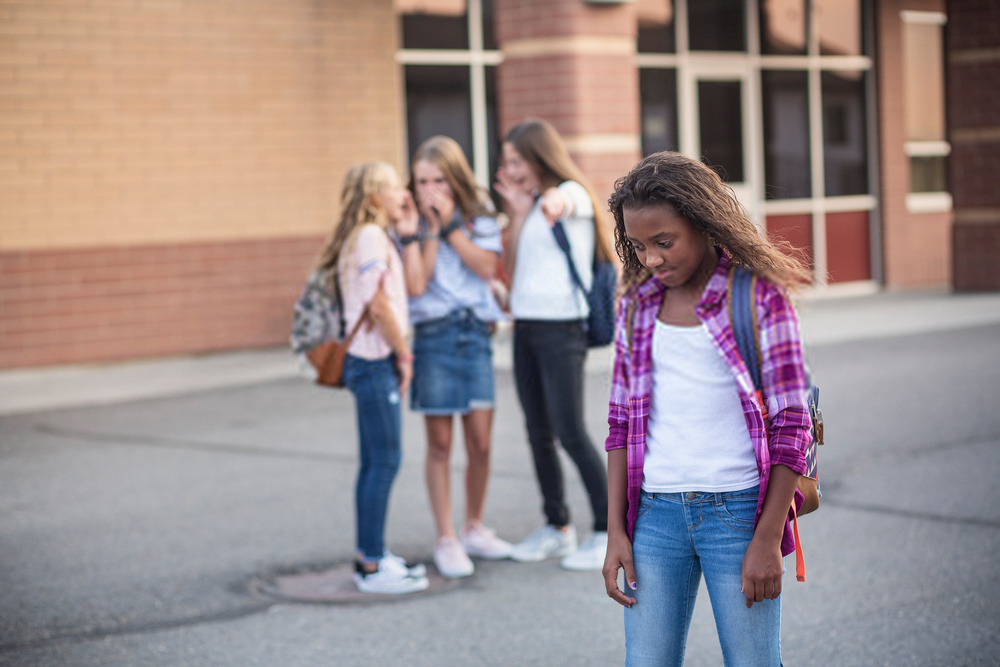It is evident by the research that students of color are disparately treated and suspended as compared to White students. It is not the controversial differences, but interpreting disproportionalities is something bitter or, say, intolerable.
The major contributing factors include discriminating punishing groups for making the same mistakes, disciplining differently in school, misperceptions that students of color are offensive. Disparities exist while disciplining students for suspecting either misdemeanors or felonies such as disrespecting, fighting or assault.
Discriminatory practices are widespread on racial, ethnic, and religious backgrounds. It causes detrimental effects on the individual identities of persons and peaceful living.
The attitudes and behavior that led to different discriminatory practices are deeply rooted in stereotypes and misperceptions.
Prior researches evidenced that different forms of bias exist like implicit and intentional, which extend to schools.
The students of color are twice the times more likely to be suspended and expelled than white students. The students of color receive a suspension for a longer time than the White students for the same type of infractions.
Discipline disparities matter as this is a complex issue. This demands tracking, diagnosing, monitoring, and researching why these disparities find the appropriate solution.
A decision to either suspend or expel a student must be the final resort. Before deciding to exclude a student, the concerned authorities like the school administration keenly needs to conduct a fair investigation and thorough check of all the facts and current circumstances behind the matter that led to any potential consequence. The administration should also determine if there could be any other reasonable steps before taking any irreverent decisions.
Moreover, it is unethical to treat a child or a young discriminately because of their race, gender, or disability. However, many schools do not understand that their attitudes can be considered unlawful discrimination.
Commonly, most of the students remember a time when bullied or mistreated for so long. The experienced embarrassment, anxiety, and stress are often unforgettable and thus stays with them through life.
Many suffer all in silence to avoid the attention of others on the matter for more discomfort. But this will continue to substantially impact the mental health, academic performance, and social life of the students (Sullivan, 2009).
All human beings are born free and equivalent to dignity. And every person has the right and potential to contribute to the well-being and development of society.
There are laws to regulate these affairs; claims can be brought to the county courts. It is the right of every student to get their education free from bias.
Promoting mutual respect and understanding countering the different patterns of discrimination must be prioritized to reduce inequalities. It calls for efforts against intolerance and racism and promotes unity, equality, and respect among all.
Reference
Sullivan, A.L. (2009). Addressing Discrimination in School Matters! Equity Alliance. Retrieved from https://files.eric.ed.gov/fulltext/ED520958.pdf

